I have a dream job! At least, what I do feels like a dream job for me. I work hard and I love what I do. My job is also my vocation, my passion, and my lifestyle. My job as a yoga instructor keeps me healthy and I am able to help many people on a daily basis. I have met many friends from my yoga practice. Every day I am in the most positive work environment, surrounded by great people. My students show up to yoga class because they want to and not because they have to. They encourage me to be the best I can be. There are no credits to be earned, no evaluations, no grades to give. I have an opportunity to be creative every single time I teach. I am able to use various skill sets that I have developed over the years and I continue to grow every day. My work takes me on travels to various parts of our beautiful state, to other states for both workshops and conferences, and to various countries for retreats. My work is with community and individuals. Every day, I am fortunate enough to have instant feedback, verbal or non verbal, from my students either during or after class. I receive 10-fold in return for what I give. My life feels rich beyond measure and I feel a great amount of gratitude towards the ancient yoga teachings and to my students on a daily basis.
What an intro to this blog post! Well, I taught the following gentle sequence to a class last week and a person who experiences a lot of back and hip pain due to spinal stenosis of the lower spine expressed how this particular sequence made her back feel so GOOD! So the next time we met, I repeated the sequence and the result was the same. Lower back and hip pain GONE.
I have put together some photos found on the web to demonstrate the postures in this sequence. The sequence is a gentle all-levels sequence. I would love to hear your feedback on the following sequence of yoga postures should you give it a try! Hold each pose for at least three to five rounds of breath.

I alter this slightly by crossing right ankle over left.. Move torso to the left , take hold of your right hand, and stretch the right side of your torso. Repeat second side.

Simple Knee to Chest. Stretches your low back and puts good pressure on your abdominal organs. Be sure to do both sides always starting with your RIGHT side!

Apanasana (one variation shown above). Hands on knees and, using your hands to do the work, move the knees in wide circles in one direction. Later circle knees in the opposite direction.

Windshield Wipers: This is a continual movement. Start with your knees bent and place your feet mat-distance apart. Take your knees from side to side. Hold arms up over head. Pelvis is meant to MOVE.

Bridge pose. I prefer the variation where you clasp hands together under the back. If this posture bothers your back, modify by placing a block under your sacrum.

“The Fan”… this photo shows this pose as a restorative pose. I simply put a block under the bent knee and one blanket under the head to protect the neck. Start side lying like this, but place your hands together in “prayer” and then on an inhalation, open the top arm to a twist and stretch…see next photo (below).

The continuation of the pose above. The top arm moves back and forth. Use hand-eye coordination. Follow your arm as it opens up and watch how your twist deepens. After a few times of opening up this “Japanese Folded Paper Fan”, hold the “open” position shown above. Opens the outer hip and upper thoracic spine.

The same pose as above with the top arm extended over head. Great side stretch as well as outer hip stretch.
The above sequence is followed by two rounds of Sun Salutations. We focused on the twelve postures of the Sun Salutations and assigned a month to each posture. I defined the postures as having a quality or representation associated with it:
January: Mountain (represents Solidity, Constant Growth in various areas of spirituality and human development, Foundation in which we are firmly a part of the earth and gently being pushed skyward by the plates of the earth)
February: Standing Backbend (represents Flexibility, Adaptability, Reaching upward, extending beyond perceived limitations, embraces a quality of courage found in all arching poses)
March: Forward Bend (represents moving inward and having the ability to be introspective)
April: Warrior I (represents the embodiment of our physical, spiritual, and emotional strength)
May: Downward Facing Dog (represents a connection to our animal kin, and the ability to be playful and not afraid to explore possibilities. Downward Facing Dog involves getting your body into an inverted position, which requires us to see the world from a new perspective!)
June: Plank (represents solidity, strength, ability to bridge a gap, to be of assistance like a plank used for a moving van which is solid, very helpful, dependable)
July: Cobra (The cobra sheds its skin and so the pose represents the ability to metaphorically shed our skin, to begin anew, to refresh, to start or take on something new in life like a new way of being or a new way of seeing.
August: Downward Facing Dog (see May)
September: Warrior I (see April)
October: Forward Bend (see March)
November: Standing Backbend (see February)
December: Mountain (see January)
After the two rounds of Sun Salutations, we did the following poses using Chair as Prop:
The photo below is Reverse Plank using the chair. This can be modified by bending your knees (bend knees if your back is achy or if you have sciatica). Strengthens back muscles and corrects poor posture. We did not use a block, though the block adds a strength component to the posture.

Downward Facing Dog using a chair. Great for shoulders! Make sure feet are hip distance apart and that your heels are directly under your hip joints for proper alignment. There will be no weight on your hands. Your spine and shoulders will love this elongation!

Twist on the chair. We placed a block between thighs to help keep the legs engaged and pelvis in alignment.

Triangle Our variation went much deeper. We took a wider stance by placing the foot closest to the chair further under the chair…and we placed our elbow on the chair and the top arm reached for the back edge of the chair. Deep side stretch!

Relaxation pose! Well, since the chairs were out, this pose took the place of Shavasana. It feels great to have the legs elevated. The taller you are, the more you may want to scoot away from the chair. Or you can place a blanket under your calves. Rest in this posture for 5 minutes or more.
www.frangallo.com






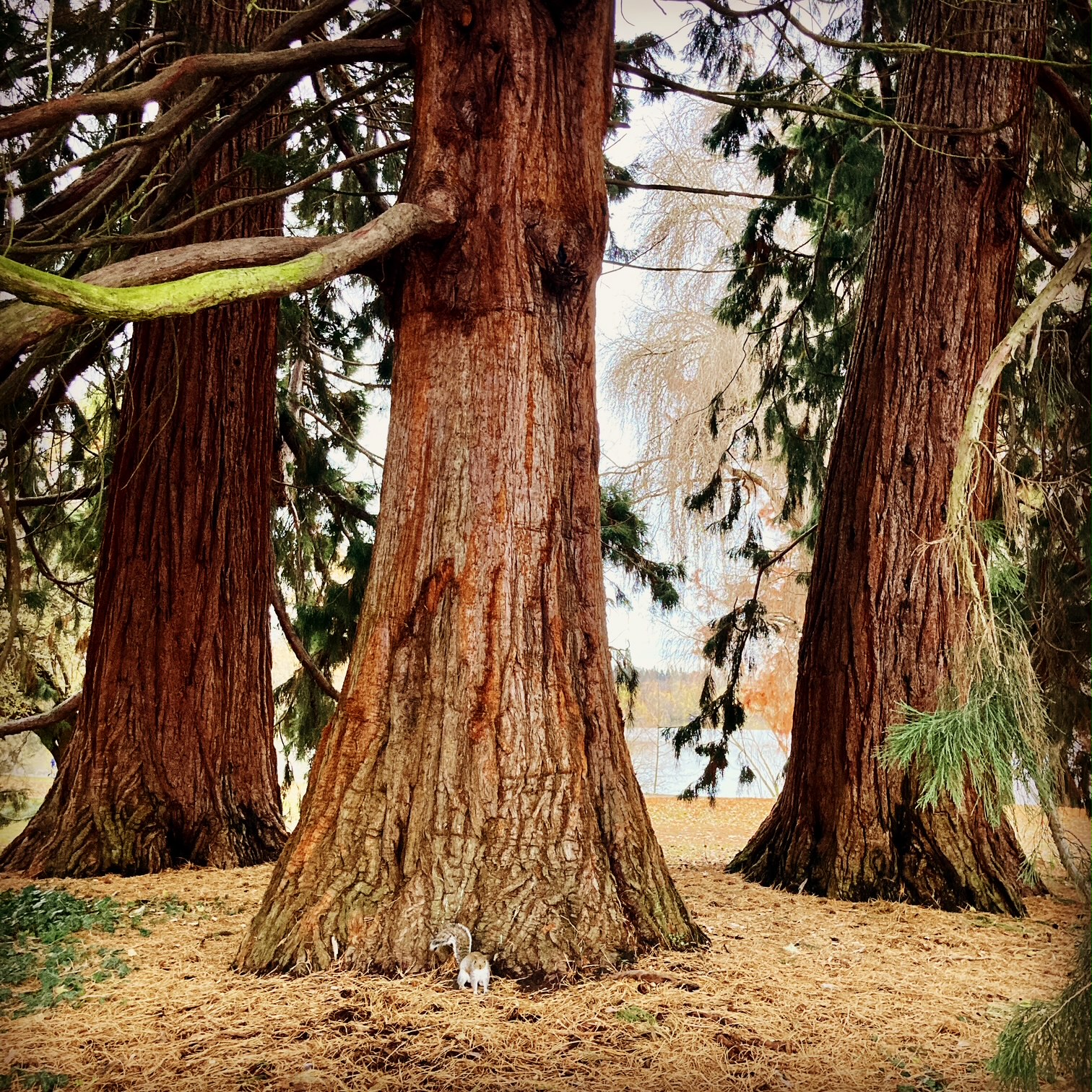
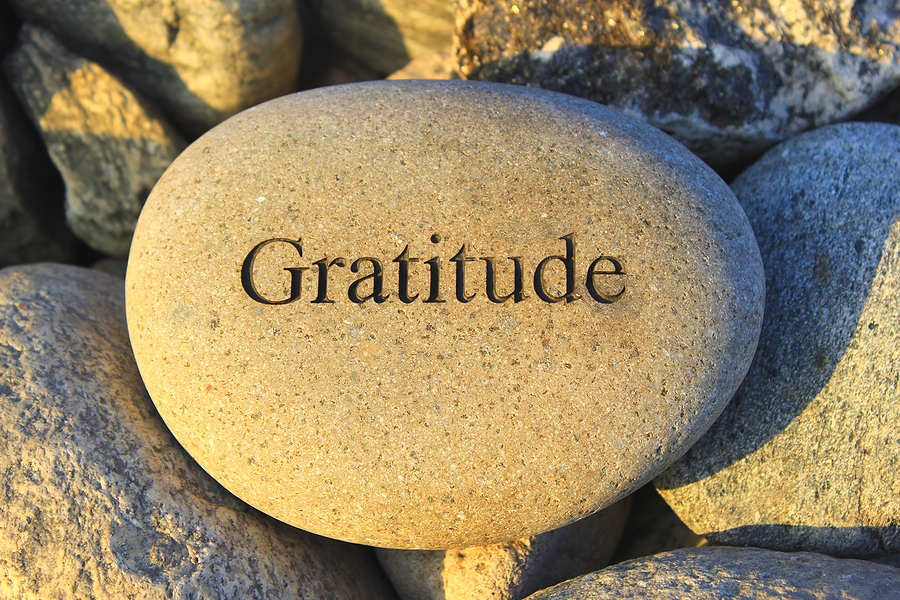
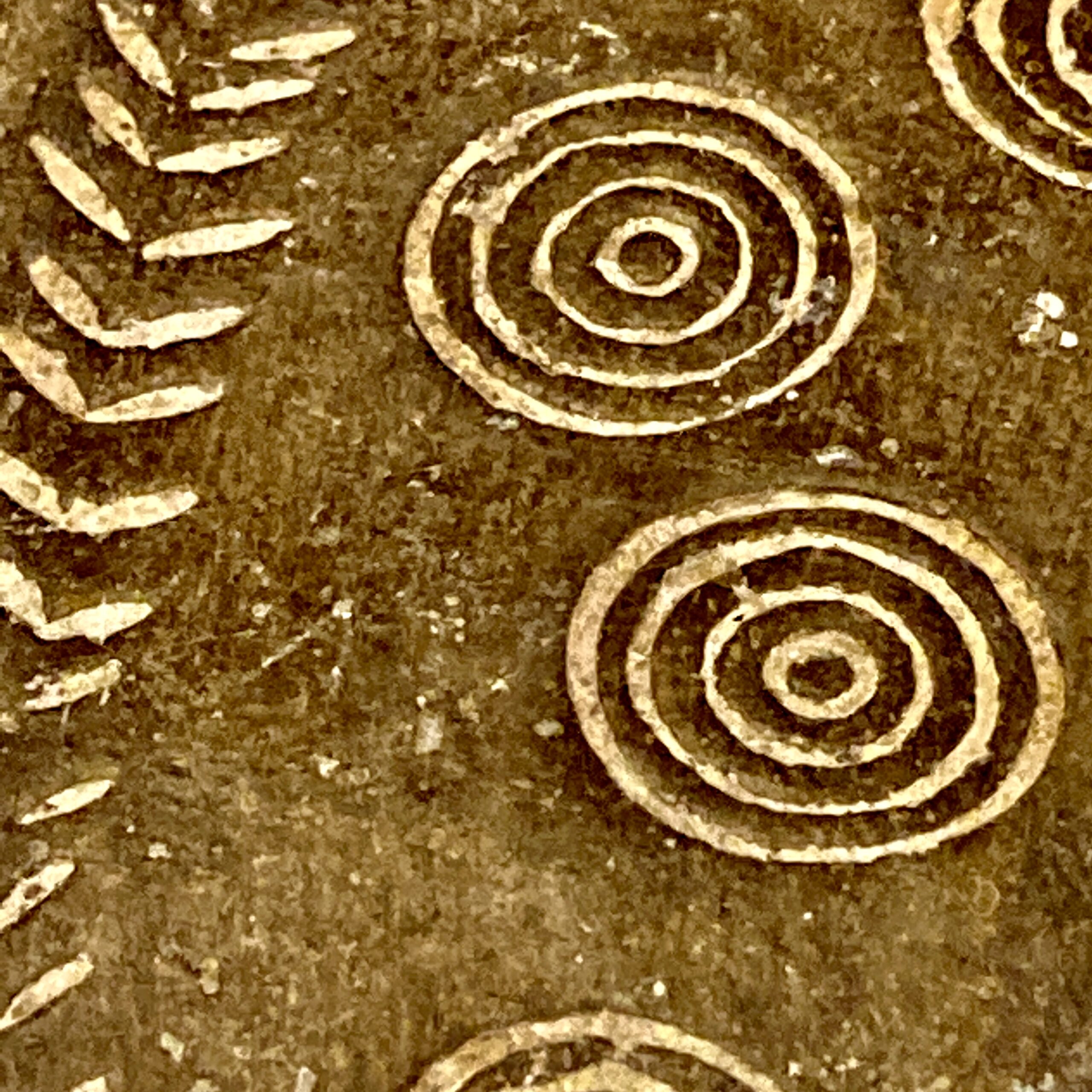
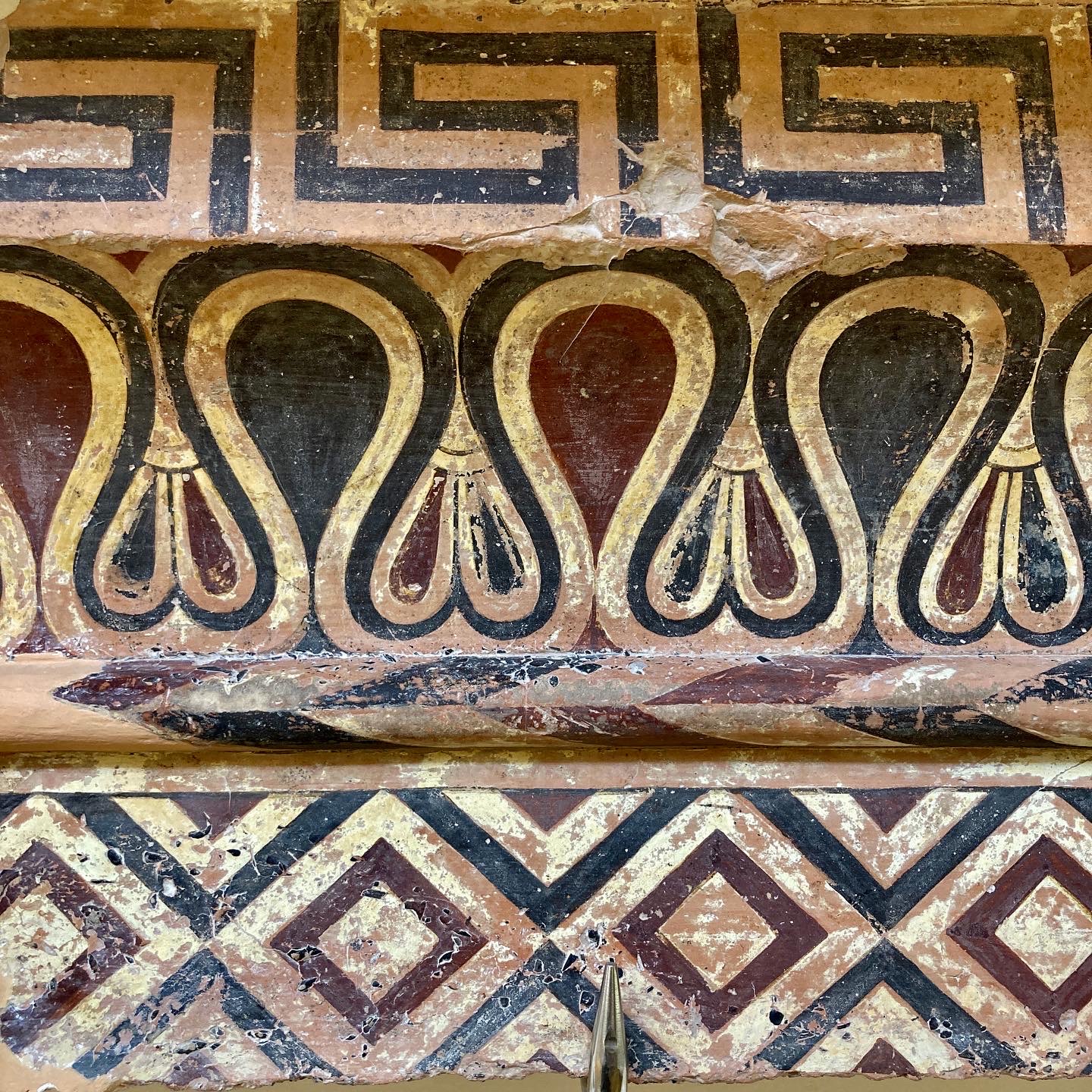
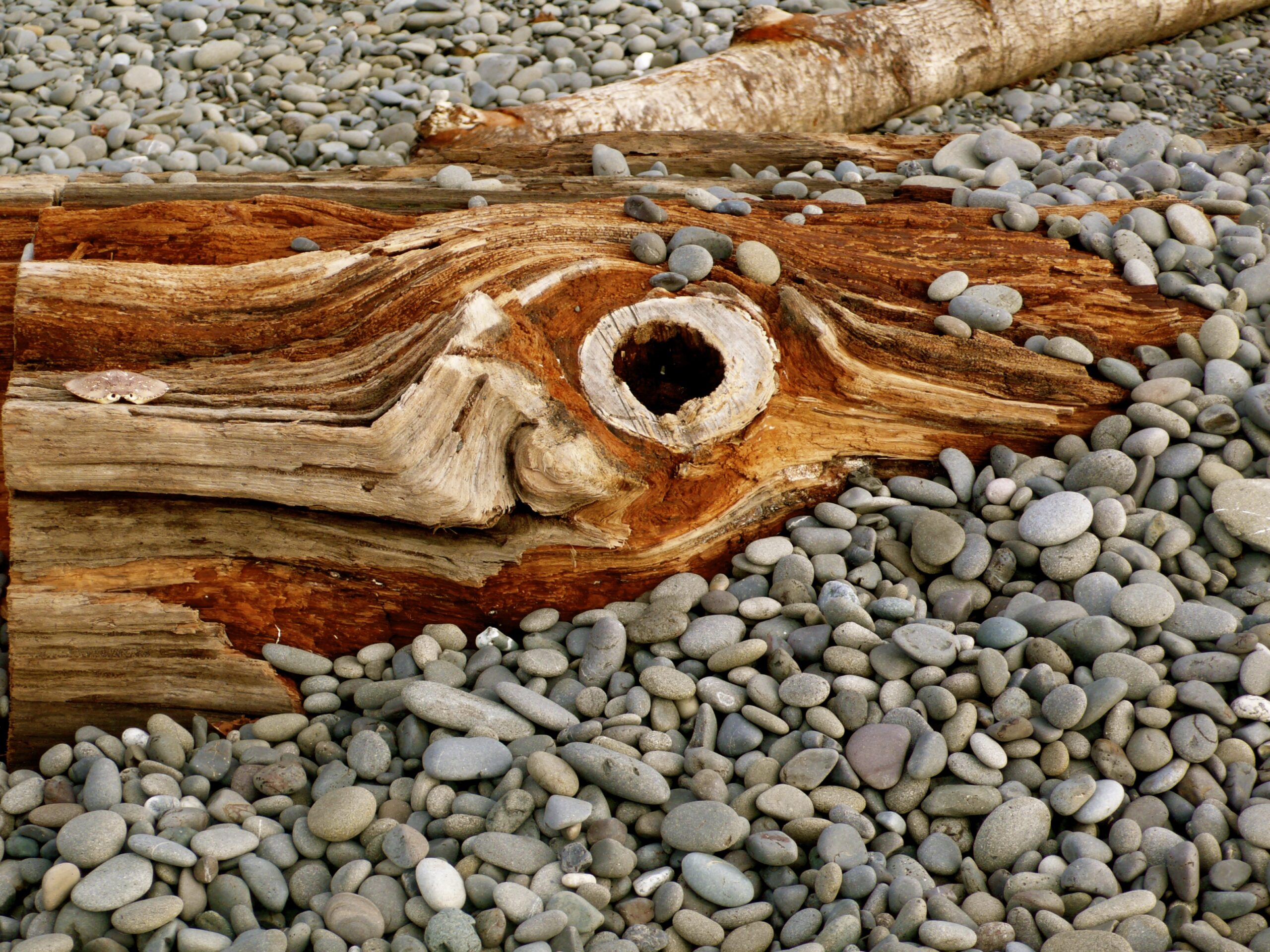
Thanks, Fran. Great sequence. I did it myself this morning and loved it. And I sent it on to a friend who has constant lower back issues. I hope it will help her. Have great holidays.
Bev
Thanks, Bev! It’s a good sequence and I am using it tomorrow with someone who has some back pain! -Fran